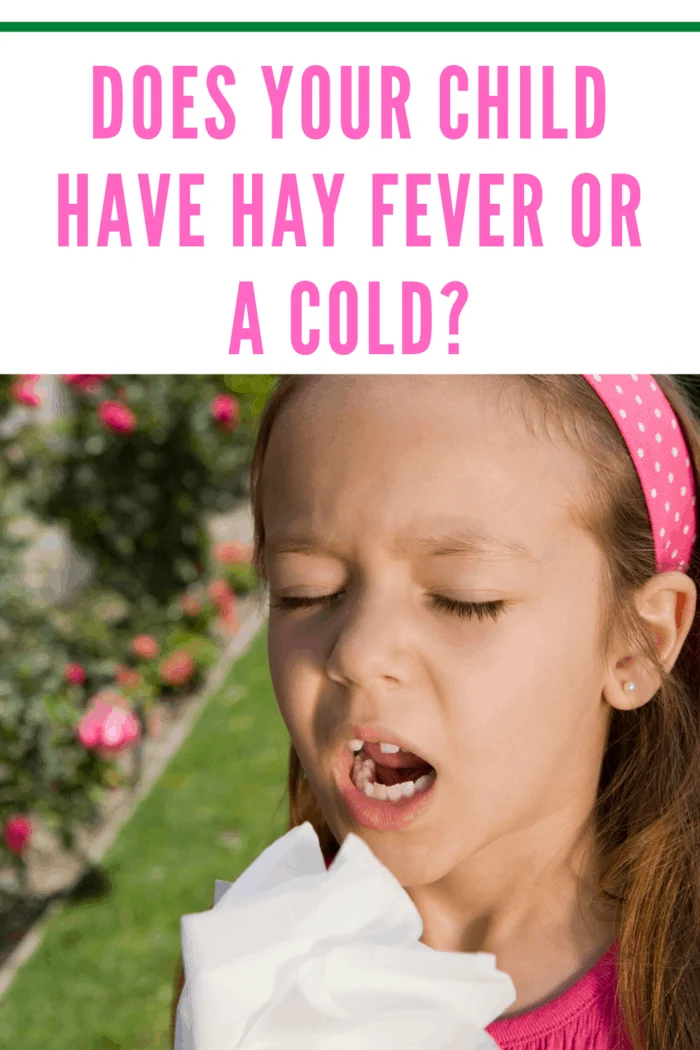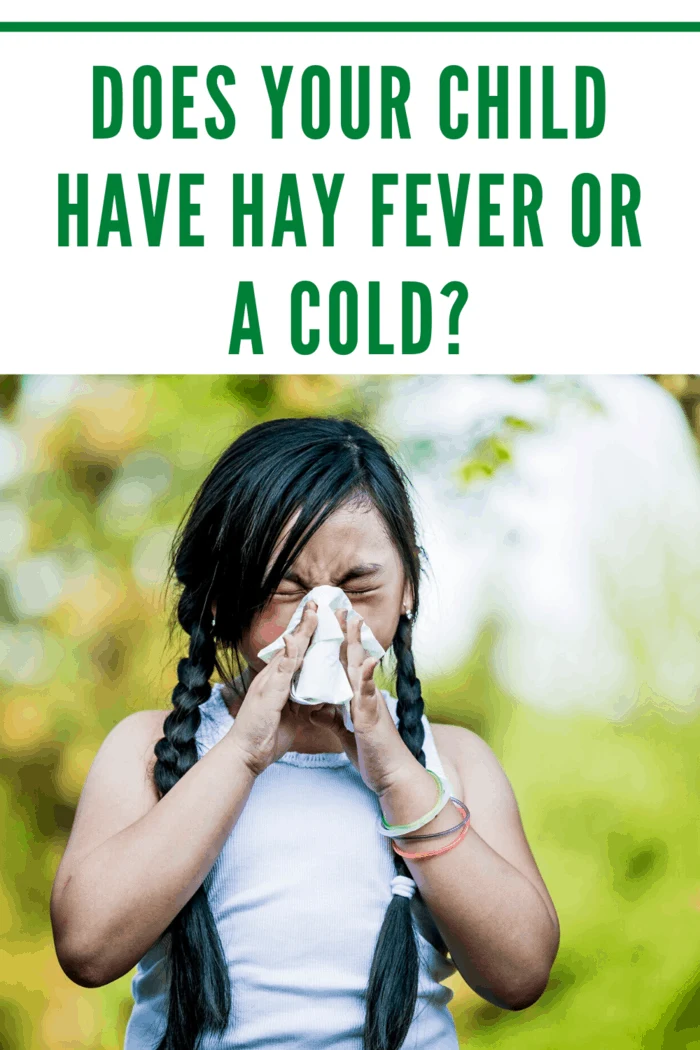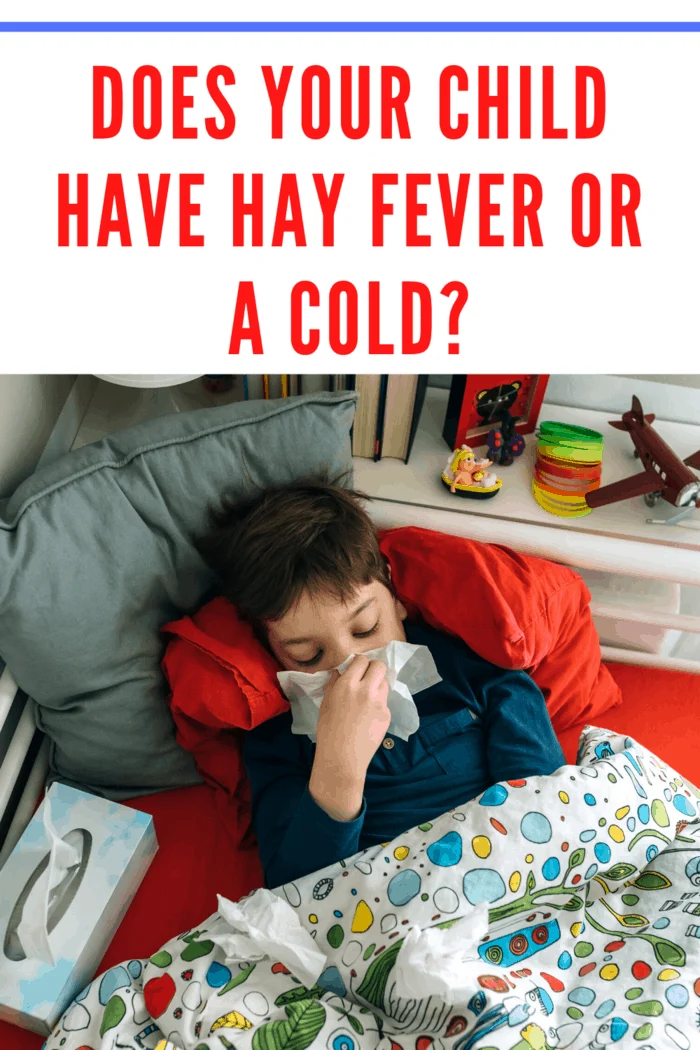Understanding Hay Fever vs. a Cold: Key Differences and Solutions
Waking up with a runny nose and sneezing can be a real nuisance, especially as the seasons change. With the chilly months upon us, it can be tough to pinpoint whether you’re dealing with a common cold or hay fever. These two conditions, while similar, can be quite different in their causes and treatments. So, how can you tell if your child has hay fever or a cold? Let’s delve into the details.

Hay Fever vs. Cold: Unpacking the Similarities
Hay fever (allergic rhinitis) and the common cold share several symptoms, making them easy to confuse. Both conditions fall under the category of Rhinitis, characterized by inflammation and irritation of the nasal cavity. Here’s a breakdown:
- Hay Fever: Caused by an allergic reaction to environmental irritants like pollen or dust. It’s not contagious and occurs when your immune system overreacts to harmless substances.
- Cold: A viral infection of the upper respiratory tract. It spreads through contact with infected surfaces or via droplets when an infected person coughs or sneezes.
Both conditions prompt a similar immune response. Your body produces T cells to combat what it perceives as threats, whether it’s pollen or a virus. This results in the production of histamines and antibodies, leading to symptoms like nasal inflammation, a runny nose, and an impaired sense of smell.

Telltale Signs: How to Differentiate Between Hay Fever and a Cold
While hay fever and a cold can feel similar, there are key differences that can help you distinguish between them:
- Mucus Color: One of the easiest indicators is the color of the mucus. For colds, the mucus is typically yellowish or greenish, whereas in hay fever, it remains clear.
- Facial Itchiness: If you or your child experiences facial itchiness, it’s more likely due to an allergic reaction. Cold medicine won’t alleviate this symptom.
- Sore Throat: A sore throat lasting several days is more common with colds and is often an early sign of the infection.
- Seasonal Patterns: Hay fever is usually seasonal, flaring up during pollen or dust season. If symptoms persist outside these periods, it might be more than just allergies.
The National Institute of Allergy and Infectious Diseases (NIAID) estimates that the common cold costs the U.S. economy approximately $40 billion each year in medical expenses and lost productivity.

Preventing and Treating Hay Fever
Preventing hay fever involves minimizing exposure to allergens:
- Change Clothes and Shower: After being outdoors, changing clothes and taking a shower can remove pollen and dust from your body.
- Keep Windows Closed: Close windows and use air conditioning to filter out allergens.
- Regular Cleaning: Dust and vacuum your home frequently to reduce allergen buildup.
For those already experiencing symptoms, visiting a healthcare professional can be beneficial.
According to the American College of Allergy, Asthma, and Immunology (ACAAI), approximately 8% of adults and 10% of children in the U.S. suffer from hay fever.
They might recommend:
- Allergy Testing: Skin prick tests or blood tests to identify specific allergens.
- Over-the-Counter Medications: Oral antihistamines for mild to moderate reactions. For more severe symptoms, decongestants, nasal sprays, or eye drops might be prescribed.
- Immunotherapy: In some cases, allergy shots might be suggested to build long-term immunity.

Cold Prevention and Treatment Options
While a cold isn’t life-threatening, it can certainly make life uncomfortable.
Here’s how to manage it:
- Rest and Hydration: Allow your body to rest and stay hydrated. Proper sleep and fluids support your immune system.
- Over-the-Counter Remedies: Medications like paracetamol or ibuprofen can help relieve symptoms but won’t cure the cold.
- Natural Remedies: Eating immune-boosting foods and staying cozy can aid recovery.
The Centers for Disease Control and Prevention (CDC) reports that adults have an average of 2-3 colds per year, while children can have up to 6-8 colds annually.
By focusing on these distinctions and treatments, you can better manage your symptoms and find the right solution.
